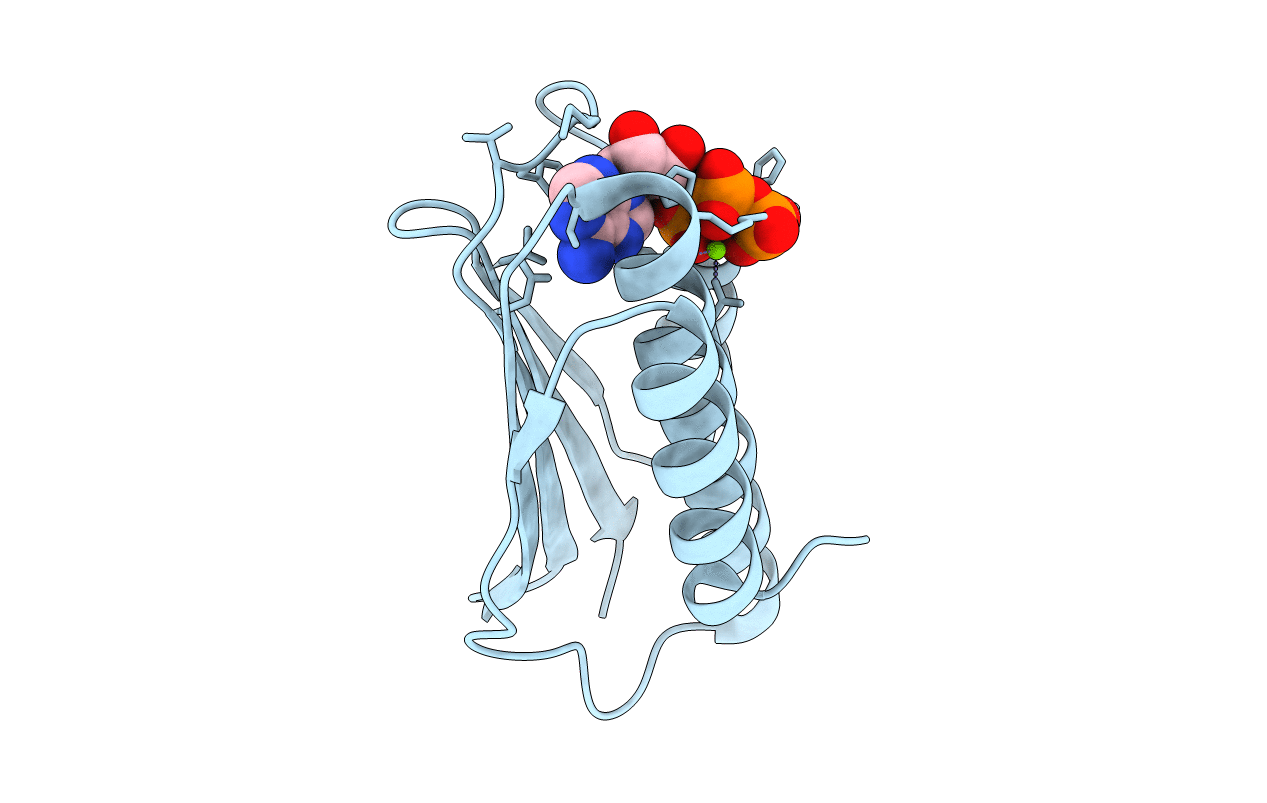
Deposition Date
2008-09-12
Release Date
2009-09-15
Last Version Date
2024-03-20
Entry Detail
PDB ID:
3EHG
Keywords:
Title:
Crystal structure of the ATP-binding domain of DesK in complex with ATP
Biological Source:
Source Organism:
Bacillus subtilis (Taxon ID: 1423)
Host Organism:
Method Details:
Experimental Method:
Resolution:
1.74 Å
R-Value Free:
0.21
R-Value Work:
0.16
R-Value Observed:
0.16
Space Group:
P 21 21 21


